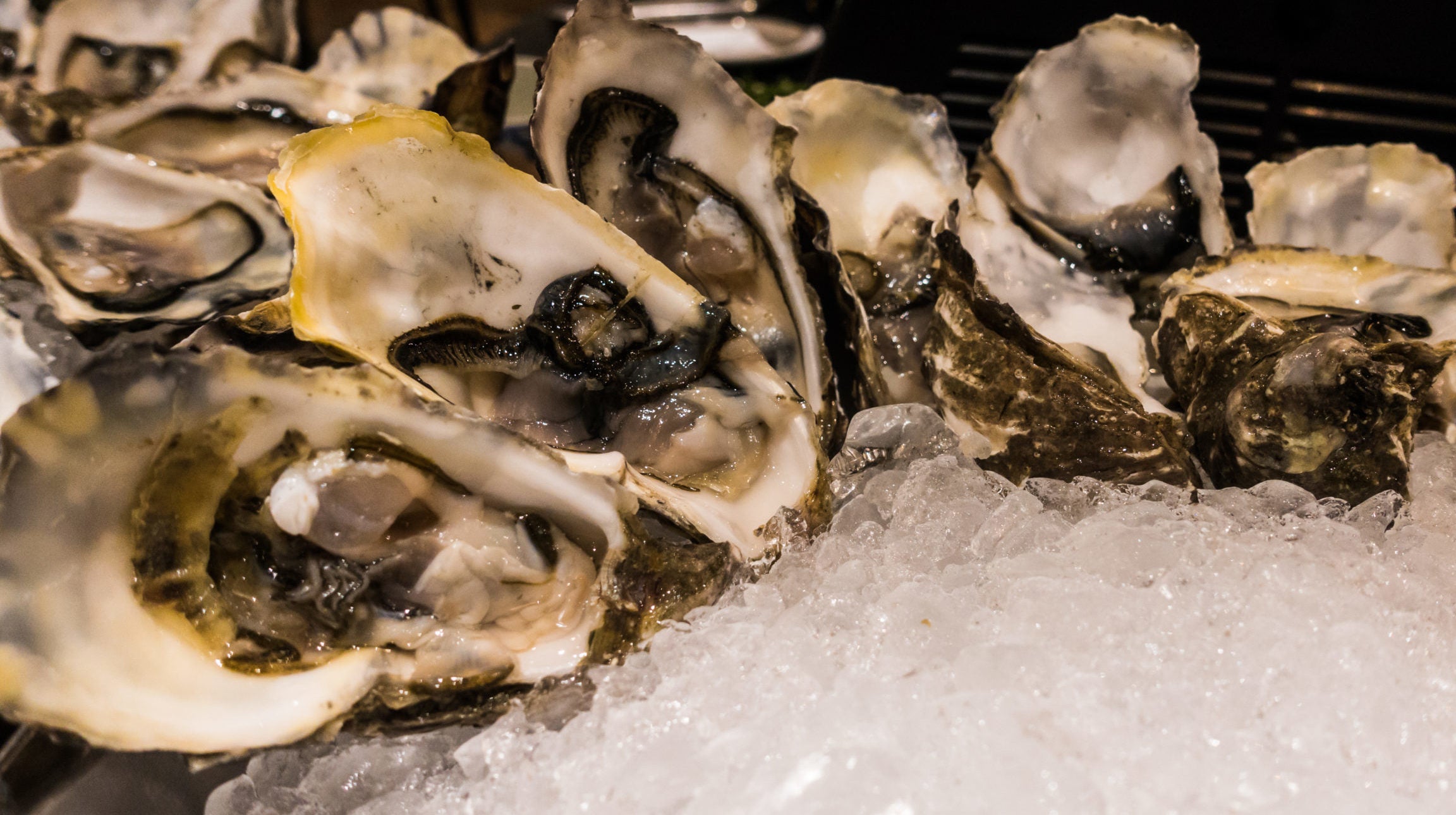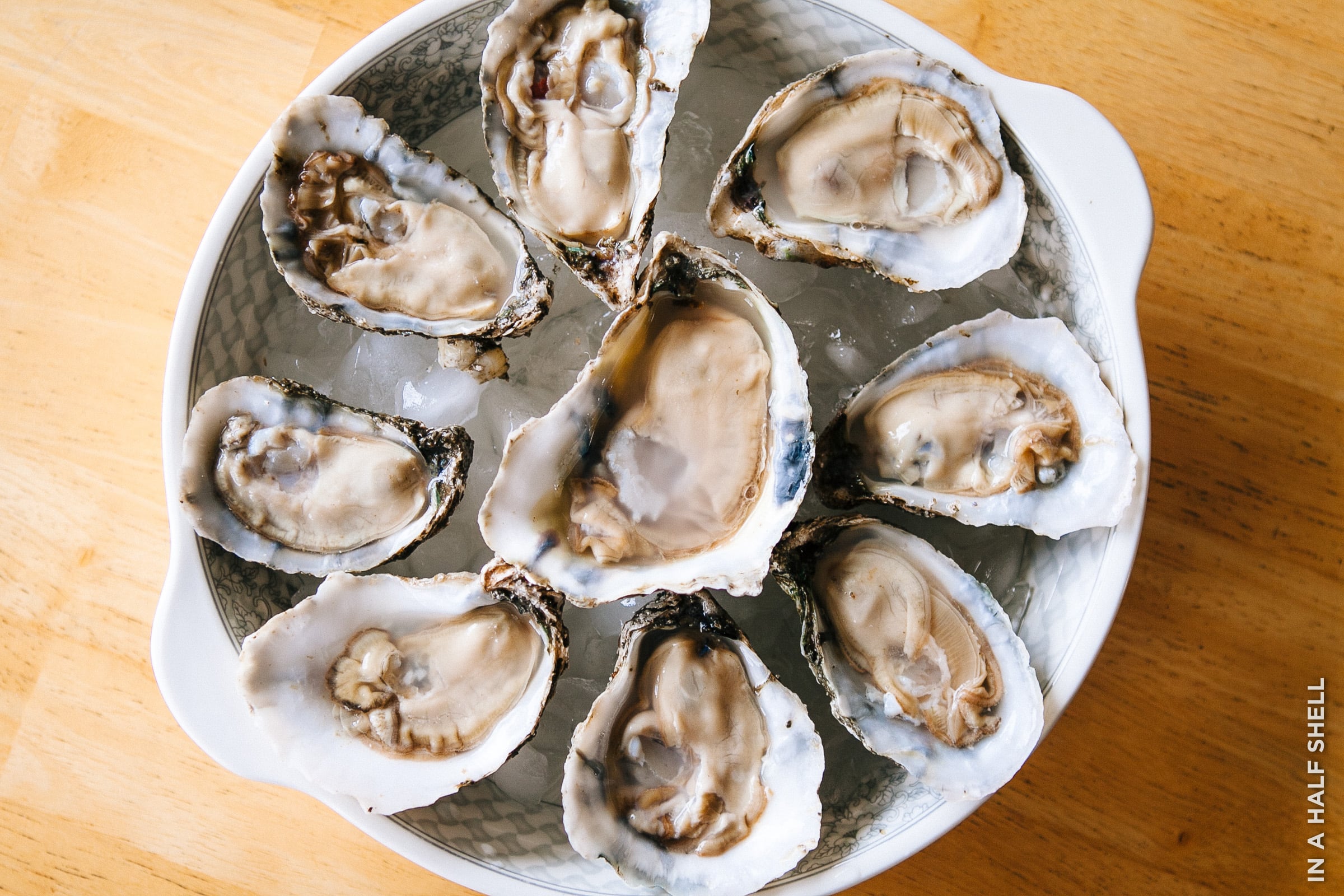Imagine you’re standing in your kitchen, gazing at a bag of live oysters that you couldn’t resist buying fresh from the market. They’re a delicacy, a rare treat that can transform any meal into something special.
But what if you can’t eat them all right away? Can you freeze live oysters and save them for later? This question might be bubbling up in your mind, and you’re not alone. Many oyster lovers find themselves in the same predicament.
You want to preserve their ocean-fresh taste, yet you’re unsure how to do it without compromising their quality. Before you make a decision that could affect your beloved mollusks, let’s explore the science and secrets behind freezing live oysters. You’ll uncover tips and tricks that could save you money, reduce waste, and ensure you enjoy every bite. Stay with us to discover whether your seafood dreams can become a reality.

Credit: rifcos.com
Table of Contents
Freezing Live Oysters: Pros And Cons
Freezing oysters can keep them fresh. Freshness is important for taste. But there are downsides. Freezing can change the texture of oysters. They might feel different when you eat them. Flavor can change too. Some people like this, but others do not. Freezing can also make oysters less juicy. This might affect how you enjoy them. It’s good to know both sides. That way, you can decide what is best for you.
Safety is another point to think about. Freezing kills some bacteria. This can make oysters safer to eat. Yet, it does not kill all germs. Proper handling is still needed. Always check if oysters are fresh before freezing. This helps to ensure safety.
Preparing Oysters For Freezing
Start by cleaning each oyster with a brush. Remove all dirt and sand. This ensures they are safe to eat later. Next, sort the oysters. Separate the broken ones. Only freeze healthy ones. This makes sure you have the best oysters. Healthy oysters taste better.
Shucking means opening the oysters. Use a shucking knife for this. Be careful while doing it. Hold the oyster firmly. Insert the knife into the shell’s hinge. Twist the knife to pop it open. Remove the top shell. Keep the oyster meat inside the bottom shell. Save the oyster liquid too. It adds flavor when you cook them.
Best Practices For Freezing
Freezing oysters needs care. Temperature is very important. Keep oysters at 0°F or below. This stops bacteria from growing. Oysters stay fresh longer at this temperature. Use a reliable freezer. Check the temperature often. An accurate thermometer helps. Always aim for consistency.
Packaging is key to keeping oysters fresh. Use airtight containers. They keep out air and moisture. This prevents spoilage. Vacuum sealing is another good choice. It removes air completely. Avoid using paper or cloth wraps. They let air in. Label packages with dates. This helps track freshness. Use strong plastic bags. They protect oysters from freezer burn.
Thawing Frozen Oysters
Safe thawing methodsare important for oysters. Always place them in the fridge. This keeps them at a safe temperature. Use a bowl to catch any drips. Thawing slowly helps maintain quality.
Another way is in cold water. Seal oysters in a bag first. Change water every 30 minutes. This method is quicker but still safe.
Maintaining flavor and textureis key. Thawing too fast can ruin oysters. They might become mushy or lose taste. Avoid the microwave. It cooks unevenly and can spoil them. Proper thawing keeps them tasty and firm. Enjoy your oysters as fresh as they can be!
Using Frozen Oysters In Recipes
Frozen oysters are great for many delicious dishes. One popular choice is oyster stew. It tastes creamy and warms you up. Another dish is oyster chowder. It is hearty and full of flavor. You can also make oyster pasta. It is tasty and very easy to prepare. Try grilling oysters with butter and herbs. The flavor is rich and smoky.
Frozen oysters need extra cooking time. This helps them cook well. Cook frozen oysters for a few more minutes. This keeps them tenderand tasty. Cooking time can vary. It depends on the recipe. Check the oysters often. Do not overcook them. They can become tough.

Credit: www.inahalfshell.com
Alternatives To Freezing
Refrigerating live oysters keeps them fresh. Always store them in a cool place. The fridge is a good choice. Oysters need air to breathe. Place them in an open container. Cover them with a damp cloth. This helps them stay moist and fresh. Never store them in water. It can kill them. Use them within a week for best taste. Check them daily. Discard any with open shells. They might be bad. Keeping them cold is key.
There are many ways to keep oysters fresh. Salting is one method. It uses salt to dry them. Smoking is another choice. It adds a tasty flavor. Pickling is popular too. It uses vinegar and spices. Each method has a unique taste. Try different ways to find your favorite. Always use fresh oysters. This ensures the best results.
Safety Considerations
Freezing live oysters needs care. Oysters can get germs easily. Always wash them well. Use clean water. This helps keep them safe. Hands and tools must be clean too. Dirty hands can spread germs. Keep oysters cold until freezing. Warm oysters may spoil fast. Spoiled oysters are not safe. Always check them first.
Oysters have a short shelf life. They stay fresh for a few days only. Freezing can make them last longer. But, the taste may change. Frozen oysters are best used soon. Do not keep them for months. Check them for any bad smell or color. Always use them before they get bad.

Credit: fultonfishmarket.com
Environmental Impact
Oyster farms play a big role in keeping waters clean. Oysters filter water, removing dirt and pollution. This helps other sea life. Farmers use sustainable ways to grow oysters. They avoid hurting the environment. Farms are careful about how many oysters they take. They let some stay and grow more. This keeps the oyster population healthy. Using natural ways to farm helps protect the sea. It supports both people and nature.
Supporting local oyster farms can be very good. Buying local oysters helps small businesses. It also supports the community. Local farms often care more about the environment. They use eco-friendly methods. This is better for the earth. Eating local oysters also means fresher food. Fresh food tastes better and is healthier. You help the environment by choosing local. It’s a win for everyone.
Conclusion
Freezing live oysters? Yes, it’s possible, but with caution. Freezing can change texture and taste. Ensure they’re fresh before freezing. Clean them thoroughly and store properly. This helps retain quality. Thaw them slowly in the fridge. Use in cooked dishes for best results.
Freshness is key to enjoying oysters safely. Experiment with different recipes. Discover what works best for you. Always prioritize safety and flavor. Enjoy your oysters responsibly. Freezing can be a good option when done right. Keep these tips in mind and savor your seafood experience.

I am Brianna, a self-published author with a passion for sharing my knowledge and expertise on various topics with people looking to find the perfect items for their needs. I love ensuring that the right informative content is available to people looking for the right information. I am an avid horseback rider and reader when I am not writing.
Follow me on Facebook, TikTok, or Personal Blog.